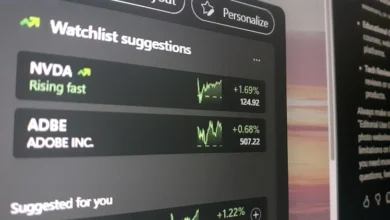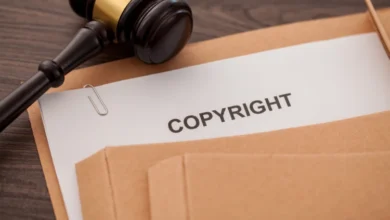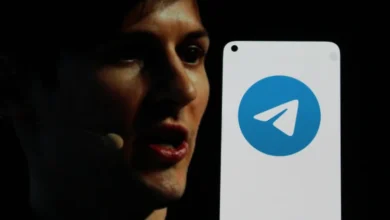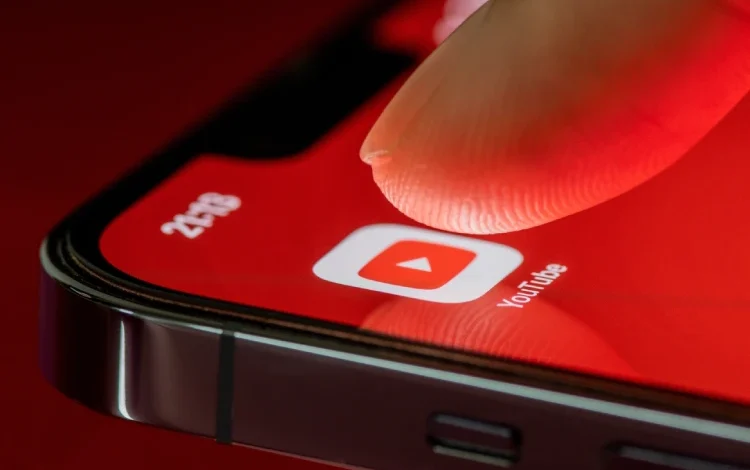
More Speech, More Profit? The Business Logic Behind YouTube’s New Moderation Approach
YouTube changed the rules—but didn’t tell anyone.
In December 2024, YouTube overhauled its moderation rules without a blog post, press release, or public memo. Instead, it slipped new instructions to its moderators: take a softer touch. Videos that would have been taken down last year can now stay up—so long as they’re deemed “in the public interest.”
It’s a quiet but significant pivot. Under the new policy, up to half of a video’s content can break YouTube’s own rules and still remain online, provided it’s engaging with political, social, or cultural issues.
The shift isn’t about clarity. It’s about control.
Freedom of Expression—or Freedom from Scrutiny?
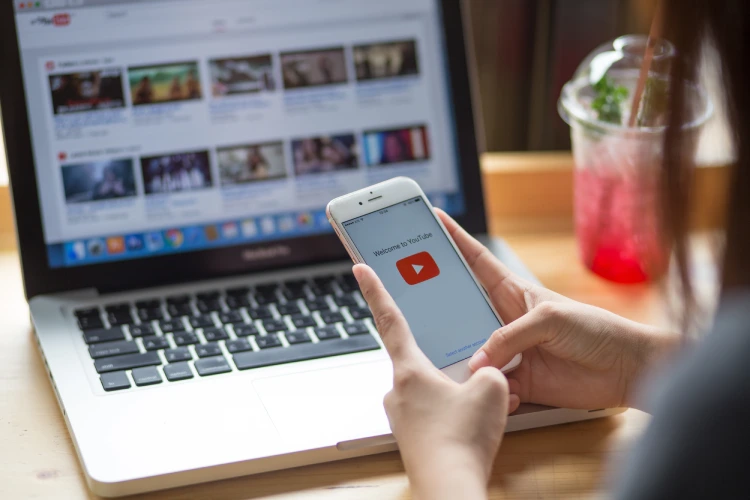
YouTube says it’s protecting speech. Internal guidance tells moderators to weigh a video’s “freedom of expression value” before making a removal call. In close cases, escalate—don’t delete.
But the context matters. Since Donald Trump’s return to the White House, Republican lawmakers have ramped up pressure on tech companies over claims of conservative censorship. Meta quietly dismantled its fact-checking program in early 2025. Elon Musk’s X never pretended to moderate much. YouTube is following the same trend—just with less noise.
Backing off moderation also buys political cover. Letting controversial videos stay up—even if they’re misleading—reduces accusations of bias and avoids regulatory heat.
Fewer Removals, More Revenue
There’s a financial incentive, too. Content moderation costs money, both in AI development and human review. Every video left online saves time and cash. And the kinds of videos that test the rules, political hot takes, ideological rants, misinformation framed as debate, are exactly what keep people watching.
Longer watch time means more ad impressions. Controversy gets clicks. And once a borderline video is cleared, the algorithm can recommend it like any other, pushing it further into the feed.
In other words: what used to be a risk is now a revenue stream.
Platform or Publisher? YouTube Says Both
Legally, YouTube is a platform, not a publisher. That distinction shields it from liability over what users upload. But the new moderation rules blur that line. Videos that violate policy can stay up if YouTube decides they’re newsworthy.
The decision is selective and strategic. An internal example involved a video titled “RFK Jr. Delivers SLEDGEHAMMER Blows to Gene-Altering JABS”—packed with vaccine misinformation. Under the old rules, it would’ve been removed. Under the new ones, it stayed. Why? Because it mentioned current public figures and referenced news events.
YouTube labeled it “relevant to public discourse.” Problem solved.
Algorithms, Not Standards, Call the Shots
Moderation is no longer just about enforcing rules—it’s about evaluating relevance. Moderators now consider whether a video contributes to “public debate,” a term vague enough to fit almost anything.
That also means the algorithm holds more sway. If a video isn’t removed, it’s eligible to be recommended. And YouTube’s algorithm rewards engagement, especially the kind driven by disagreement, outrage, or polarization.
The effect is predictable: more edge-case content, more extreme conversations, more creators chasing controversy. And moderators? They’re stuck trying to enforce nuance at scale.
Real Creators, Real Consequences
One climate-focused YouTuber said the new policy drove them off the platform. In 2024, they posted a takedown of a viral climate denial video. Their video gained traction, but so did the original misinformation—which stayed online under the public interest clause.
“The comment section turned into a war zone,” the creator said. “I was moderating hate all day. Eventually, I just gave up.”
It’s a side effect YouTube hasn’t addressed: protecting bad content because it’s “relevant” can drown out good content trying to counter it.
A Business Decision Disguised as Principle
YouTube’s new approach reduces takedowns, lowers moderation costs, avoids political headaches, and boosts engagement—all while claiming to support free speech.
But critics say it’s a calculated move, not a principled one. By treating “public interest” as a flexible label, YouTube keeps profitable videos online while sidestepping responsibility.
It’s a savvy play—but a risky one. Because when engagement becomes the goal, harm becomes collateral. And no amount of policy language can fix that.
[Source]


